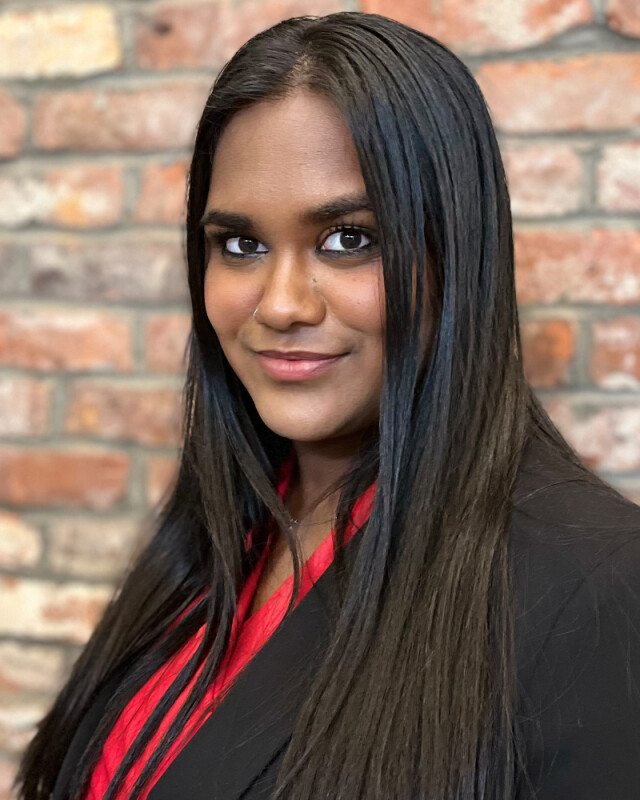NOAA has announced it will be allocating USD 18.9 million (EUR 18.9 million) toward research projects and monitoring activities surrounding harmful algal bloom (HAB) across the coastal United States and Great Lakes.
Investments in the effort are being coordinated by the NOAA National Centers for Coastal Ocean Science (NCCOS) and the U.S. Integrated Ocean Observing System within the NOAA National Ocean Service.
“Harmful algal blooms and ocean acidification are two issues that impact coastal resources and we need to understand how they interact,” NOAA’s NCCOS Competitive Research Program Director David Kidwell said in a release. “In addition to better detection methods, we want to continue the development of technologies for controlling HABs, and enhance and improve our forecasting and monitoring abilities. These grants will help with those goals.”
In 2022 the NCCOS invested USD 16.1 million (EUR 16.1 million) in funding to research harmful algal blooms, as well as USD 3.3 million (EUR 3.3 million) for six newly created research awards, USD 10.4 million (EUR 10.4 million) towards continuing awards, and USD 2.4 million (EUR 2.3 million) for two Community-Directed Spending projects.
NOAA also created a partnership with the NCCOS to increase scientific understanding surrounding acidification interactions between HABs in the coastal U.S. and the Great Lakes.
HABs can produce harmful toxins and other negative damaging effects to ecosystems, which in turn can impact seafood supplies. Harmful blooms can also impact economies and pose a threat to human health.
According to NOAA, HABs cost the U.S. economy millions of dollars annually, and the study will help increase the ability to monitor and predict blooms.
“We will continue to enhance our network’s capacity to monitor and detect these blooms using our expertise across regions,” Carl Gouldman, director of the U.S. Integrated Ocean Observing System office, said. “We want to push out even further and provide complete end-to-end HAB detection and monitoring systems. These efforts provide critical decision support nationwide using the best data available.”
Photo courtesy of NOAA







